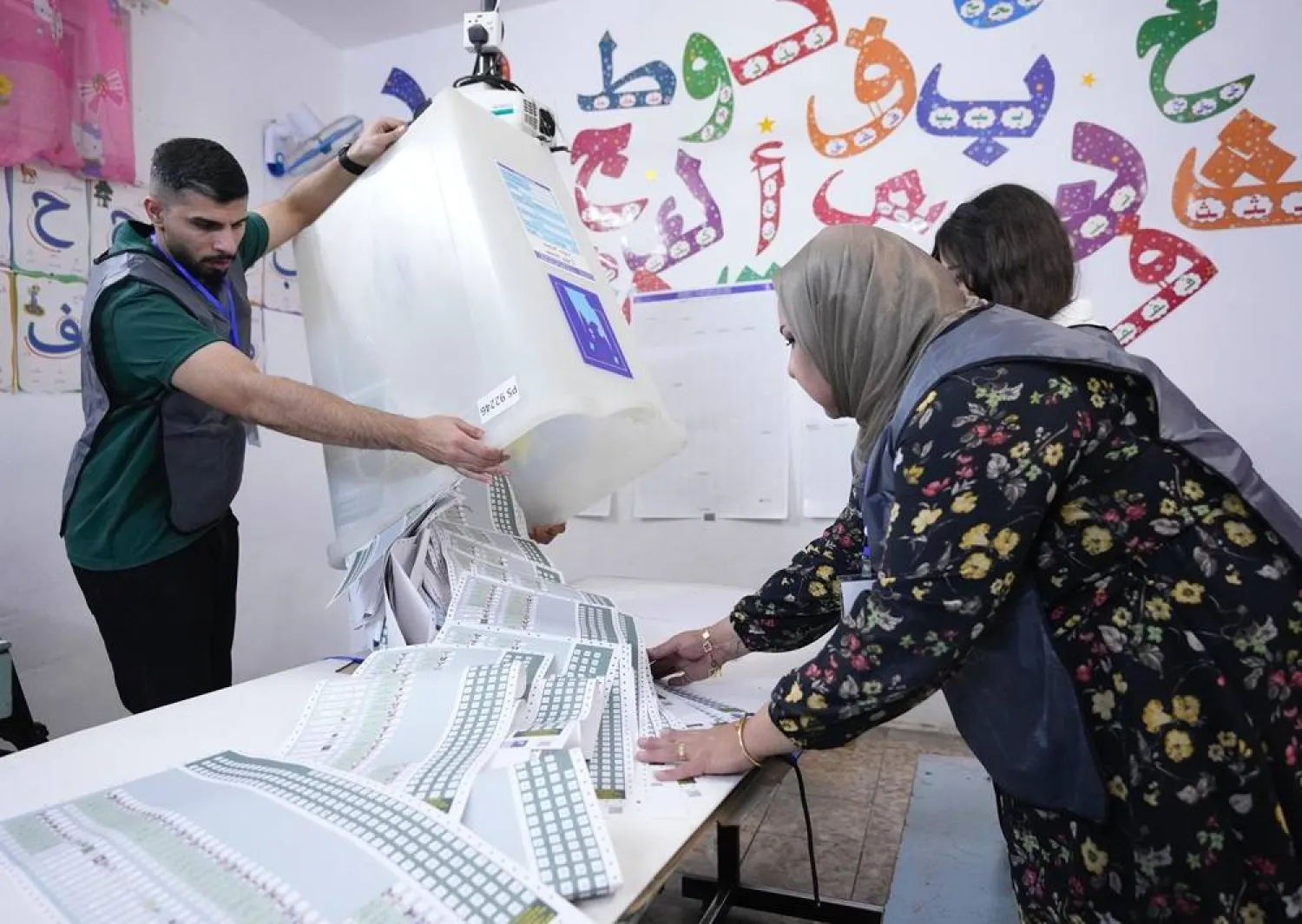Reliable information from Asharq Al-Awsat sources within and close to Hamas reveals that Israel nearly captured the group's leader, Yahya Sinwar, at least five times before he was killed during a routine military operation in Rafah, southern Gaza, last month.
The sources described Sinwar's movements and those with him during the ongoing conflict in Gaza, which has lasted over a year. They noted that Sinwar sent a message to his family about the death of his nephew, Ibrahim Muhammad Sinwar, who was with him.
This message arrived two days after Sinwar was also killed.
Khan Younis Operation
During the Israeli military operation in Khan Younis in January, it was believed that Sinwar was hiding in one of the tunnels.
After entering several tunnels, Israeli forces found recordings from cameras showing Sinwar moving around and transferring supplies into a tunnel with his family just hours before the attack on Oct. 7, 2023, as well as on the day of the attack.
Despite this, Israel could not locate him in the tunnels or above ground. As the operation expanded, Sinwar had to find a safe place for his wife and children away from him due to the ongoing pursuit, according to reliable sources for Asharq Al-Awsat.
Sources report that Sinwar’s wife and children were safe, receiving written messages from him at least once a month.
As military operations intensified in Khan Younis, Sinwar chose to stay in the area, often separating from his brother Muhammad and Raef Salameh, the regional brigade commander who was killed in a July airstrike alongside Muhammad Deif, the leader of Hamas’s military wing.
They occasionally met in safe houses or tunnels since the conflict began.
The sources noted that the four did not remain together at all times; they spent hours or days together before parting based on the situation.
A closely guarded secret reveals that Israeli forces were just meters away from a house where Sinwar was hiding in Block G of Khan Younis, accompanied only by his personal bodyguard.
Sinwar was armed and ready for a potential Israeli raid.
However, the movements of Hamas fighters from house to house, as they demolished walls for street fighting, revealed Sinwar’s location.
He was quickly evacuated through gaps created by the fighters in neighboring homes and taken to a safe house about one kilometer away.
He was later moved to another location where he met his brother Muhammad and Salameh before they all separated as the Israeli operation expanded near the Nasser Medical Complex.
Sources say that in February, under pressure from his brother and Salameh, as well as Hamas fighters, Sinwar was forced to leave Khan Younis for Rafah. By then, Israeli forces had almost complete control over Khan Younis and had effectively tightened their siege.
However, Sinwar was safely transported to Rafah through coordinated movements above and below ground.
Sources indicate that the person who stayed with Sinwar throughout the conflict was Ibrahim Muhammad Sinwar, the son of his brother Muhammad, a senior Hamas leader.
Both Yahya and Muhammad named their firstborn sons after each other.
Ibrahim was killed in an Israeli airstrike in August while exiting a tunnel to monitor Israeli movements in Rafah, southern Gaza, alongside his uncle.
Sinwar sent a message to his brother’s family explaining the circumstances of Ibrahim’s death and detailing where he was buried in an underground tunnel, stating that he had personally prayed over his body.
The family received this message two days after Sinwar’s own death, indicating that it took more than two months for it to reach them.
The timing of the message, arriving just after Sinwar’s death, highlights the challenging security conditions he faced amid ongoing Israeli pursuit.
It also reflects the extreme precautions he took to avoid leaving any gaps that could lead Israel to him, which helps explain the circumstances of his “accidental” death.
Sources reveal that Sinwar stayed in Rafah for several months, moving between different areas, particularly in the western part since late May. He used both underground and above-ground shelters.
During his time away from his brother Muhammad, as well as Deif and Salameh, Sinwar communicated with them through written messages, following specific security protocols he defined.
This method also applied to his communications with Hamas leaders locally and abroad, especially regarding ceasefire negotiations and potential prisoner exchanges.
Sinwar was reportedly in tunnels in Rafah, including one where six prisoners were killed. It is believed he may have ordered their execution as Israeli forces advanced in late September.
Before his death, Sinwar and his companions experienced severe food shortages, going three days without eating while preparing for an Israeli confrontation. They moved between damaged buildings in the area.
In the final two weeks, attempts were made by Mahmoud Hamdan, the commander of the Tel Sultan brigade, who was killed the day after Sinwar, to extract him from the area. However, these efforts failed due to heavy military activity.
Sources indicate that Israeli forces came close to Sinwar’s location at least five times, including three times above ground and two underground.
Each time, he was moved to different locations despite wanting to remain with the fighting forces.
When asked if Sinwar’s presence in Rafah was related to assessing the Philadelphia corridor, sources denied this.
However, individuals close to Hamas suggested that he may have been considering a potential Israeli withdrawal from the corridor and its implications for prisoner exchange negotiations and the situation on the ground.
In related news, Hamas has issued a statement denying reports regarding the fate of Deif, the leader of the Izz ad-Din al-Qassam Brigades.
Earlier, Asharq Al-Awsat reported new indications of Deif’s death in an Israeli airstrike in Khan Younis in July. Despite these reports, Hamas officials continue to assert that Deif is alive, while Israeli officials claim he has been killed.









